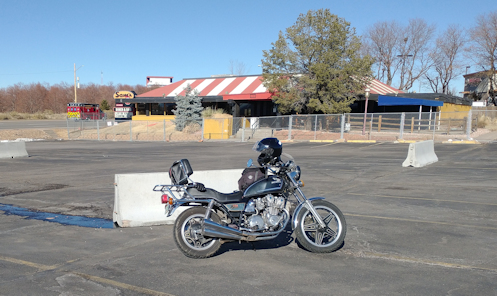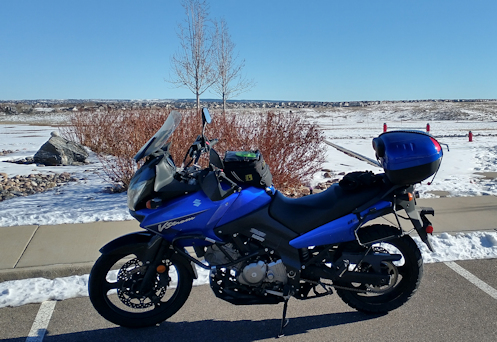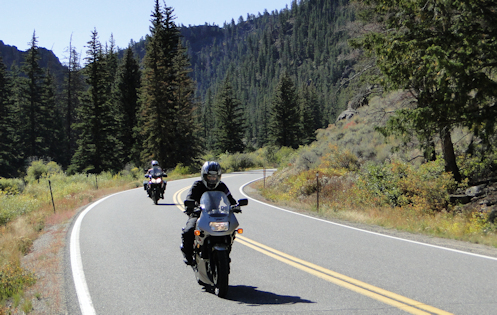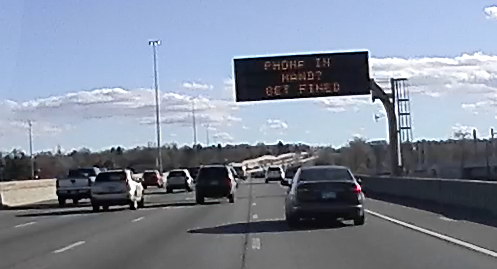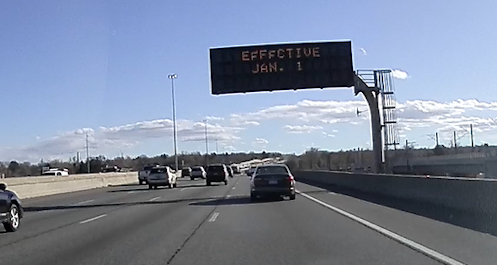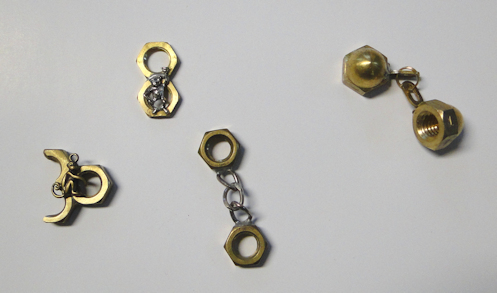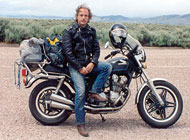My First Time Planning An RMMRC Ride
January 20th, 2025Well I did it. I’ve been talking for some time now about how, with activity and membership in the RMMRC declining, I needed to step up and take on some of the organizing. With the weather forecast for Thursday looking positively fabulous I set up a ride and posted it on the site. Nothing special, just an easy ride out to Kiowa for lunch at Patty Ann’s, an RMMRC favorite.
I did this on Wednesday so it meant that there was not a lot of lead time. It also meant that anyone with a day job was out of luck. But it couldn’t wait for the weekend; the weather was in for a huge change for the worse.
The first thing I did after posting the ride was to call Roy and give him the word. Roy is perhaps the only person in three states who does not use a computer these days so the only way to inform him was to call. Plus, I knew he would spread the word further.
Roy regretted to tell me that his bike is not in running order so he would not be coming, but he promised to pass the word along immediately. He noted that he had just talked with Bob not long ago and Bob was looking to do a ride on Thursday as well. Great. It might just be me and Bob but hey, we’re riding.
On Thursday I headed over to the meeting spot a little early with the intention of sticking around a while. Typically when RMMRC rides get posted they give a gathering time and a time 15 minutes later for kick stands up. I had not done that. Being a lunch ride I just said meet here at 11 a.m. I got there at 10:50.
There were no bikes there when I pulled in so I parked in a prominent spot and started scanning the roads for other bikes. Eleven o’clock came and went with nobody else arriving, and at 11:15 I was still the only one. I decided to give it five more minutes.
At 11:20 I concluded it was just me but by golly I was going for a ride. And it was a gorgeous, warm day!
I could have just gone anywhere since it was just me but I figured Patty Ann’s still sounded good. Plus, maybe Bob had found someone else to ride with and they had not wanted to start as late as 11 but perhaps they would also shoot to be at Patty Ann’s around noon. Or someone else could just show up there on their own. As I said, Patty Ann’s is a popular spot in the RMMRC.
So I headed out down Parker Road, picked up Hilltop Road, and continued south on Flintwood Road as Hilltop arced off to the east. I hit CO 86 and turned east. Coming into Kiowa I was eager to see if any other bikes were parked outside Patty Ann’s but there were none. Oh well. I’m going to have a good lunch.
And I did. It used to be, in many of our opinions, that the best things on the menu here were the Mexican items. Patty Ann’s had killer green chile. But for unknown reasons, awhile back they revised their menu and eliminated all the Mexican items. Dang. But they still have a bunch of other good things on the menu.
I ordered the chicken, apple, walnut salad and it was terrific. I’m no restaurant critic but that chicken was beautifully prepared and the whole thing was really good. I’ve thought for a long time I ought to ride out here with Judy for lunch some day, and when we do it’s pretty likely at least one of us will order this.
So I sat and ate and once my ears perked up at the sound of a bike but they must have just been going by because no one came in. And when I was leaving there were still no other bikes parked out front.
My ride home was 86 to Franktown, Parker Road (CO 83) north to Broncos Parkway and on in. By the time I was getting back into the metro area it was so warm I turned my electric vest off. That’s how nice a day it was. All along the way I saw six other bikers out but boy, there should have been a lot more. You people are missing out.
And now it’s 15 degrees out there with Monday forecast to have a high of 7. Yikes!
OK. My first time organizing an RMMRC ride went great for everyone who came. Maybe next time that won’t be just me.
Biker Quote for Today
Under my ass or in my garage. (Where I keep my motorcycle.)
